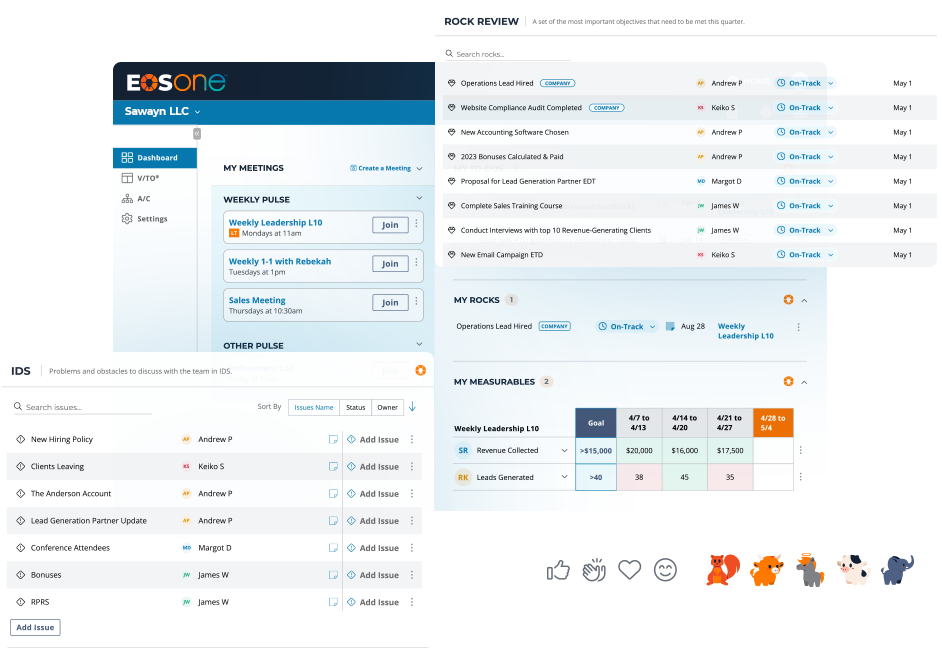
Leaders have to make many decisions throughout their days. The stress of making the “right” decisions can give leaders pause. How do they know their decision won’t negatively impact the organization? This decision-making challenge can lead to making choices out of loss avoidance. When challenged to make a decision, ask yourself if you’re operating out of fear or love.
The Powerful Hold of Loss Aversion
Max Bazerman, a Havard professor, conducts an experiment with students in his negotiation class every year. He auctions off a $20 bill. He has two rules: You can only bet in $1 increments, and while the winner will receive the cash, the second-place person still has to pay their bet.
Every year, things go smoothly until the going rate hits $19. Bets go higher and higher because no one wants to lose now. The highest bid the professor ever received? $204! Students literally throw good money after bad because they’re in too deep.
Some call this the sunk cost fallacy. The unwillingness to walk away from a bad situation because too much has already been invested in it can wreck an entire organization.
Common Leader Loss Aversion Areas
1. Defending the Right Person in the Wrong Seat
Leaders may repeatedly defend someone who clearly isn’t a good fit for their role. The leader may blindly believe in the person or their team. Peers may offer feedback that the leader dismisses without asking clarifying questions.
Solution: Conduct The People Analyzer® on the individual during a leadership team Level 10 Meeting™ and compare the results.
2. Staying Silent in Stressful Situations
In this scenario, a leader feels the effects of stress from their position but says nothing. Despite the loss of sleep or other physical ailments that everyone else can see, they believe they’re being stoic for the team. The trouble is their team likely spends extra time managing around them.
Solution: Ask your team to complete the LMA Questionnaire. Then, unplug and take a Clarity Break to really reflect on the results, your health, and the health of your team.
3. Sticking with a Faulty Strategy
When a strategy doesn’t produce the desired results, some leaders double down on their original plan and continue to push for different results. They never ask for help. However, when the issue arises (again), they’ll ask for one more quarter. Yet, history shows this is the definition of insanity.
Solution: Make this a top priority during the IDS® portion of the leadership team’s Level 10 Meeting. During IDS, other leaders are open and honest about assessing the situation.
4. Keeping an Underperforming Employee
Speaking of “one more quarter,” some managers will ask for one more quarter to get an underperforming employee above The Bar. Unlike the wrong person in example one, the leader knows there’s a problem, but their ego wants to prove they hired the right person. The leader thinks they can “fix” the underperformer. This fixing project can last years or even decades.
Solution: Conduct The People Analyzer® on the individual during a leadership Level 10 Meeting and compare the results.
Decide With the Greater Good in Mind
In all these real-life scenarios, you can see leaders allowing their ego and fear to cloud their judgment, leading them to defend their decisions when pivoting may be better. You hear it in the language they use and in their body language. They aren’t keeping the greater good of the organization in mind.
I challenge you to keep a $20 bill in your pocket as a reminder to reconsider your hiring decisions and strategic choices for your organization. Ask clarifying questions.
And be honest with yourself if you’re experiencing discomfort. Ask yourself what about your team or job might be causing your physical or mental discomfort.
Remember, the $20 experiment works for a reason (it’s human nature). So give yourself a little grace. The $20 bill in your pocket is there to remind you to give yourself a little grace so you can make more clear-headed decisions.






